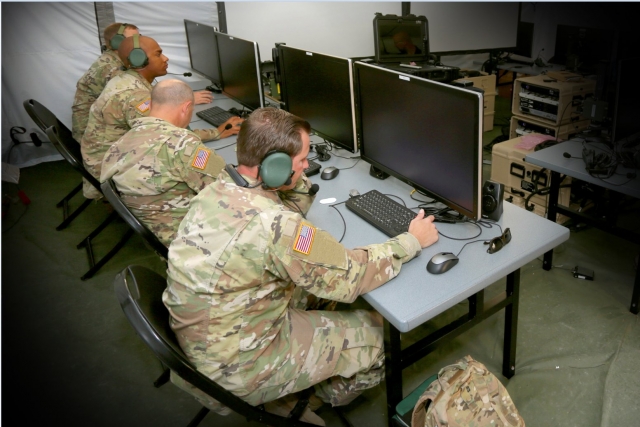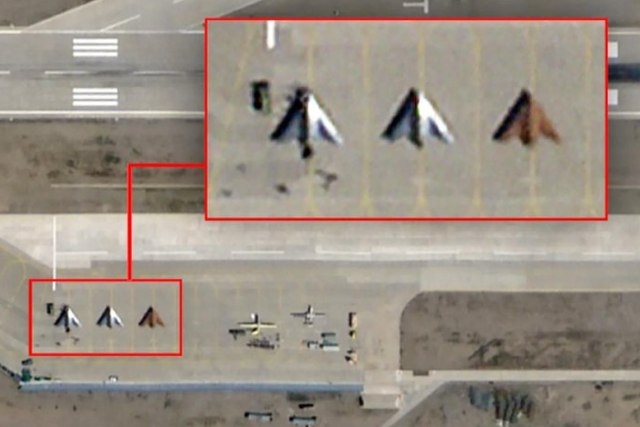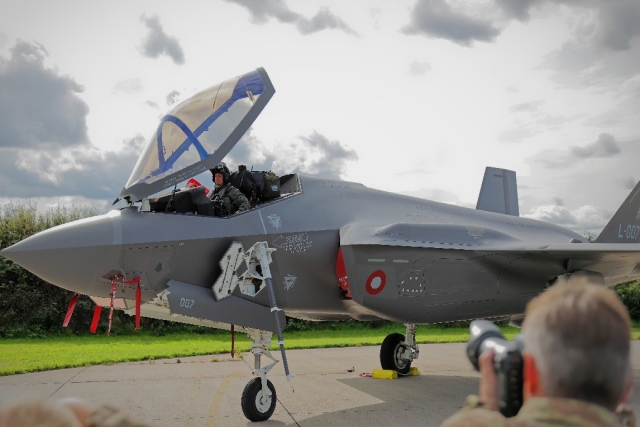US Army tests New Air, Missile Defense Battle Command System

Northrop Grumman’s Integrated Air and Missile Defense (IAMD) Battle Command System (IBCS) meant for the US Army has been tested, during which it engaged two incoming target cruise missiles.
The IAMD Battle Command System has been touted to be the first real-competitor to the Russian S-400/Pantsir IMAD system.
“The US Army and Northrop Grumman Corporation conducted simultaneous engagement of two incoming target cruise missiles during a flight test using the Army’s Integrated Air and Missile Defense (IAMD) Battle Command System (IBCS),” the company said in a statement Thursday.
Including Sentinel, Patriot and Marine TPS-59 radars and Patriot Advanced Capability-2 (PAC-2) Guidance Enhanced Missile-TBM (GEM-T) interceptors, the test demonstrated successful interoperability and the end-to-end performance of the IBCS system to detect, track and simultaneously engage multiple threats, Northrop claimed.
“Building on the success of the most recent flight test this past August, today’s test demonstrates that IBCS is achieving unprecedented performance in defeating multiple missile threats,” said Dan Verwiel, vice president and general manager, missile defense and protective systems, Northrop Grumman.
The test was conducted at White Sands Missile Range, New Mexico by a test detachment of soldiers from the 30th Brigade 3rd Battalion 6th Air Defense Artillery Regiment who manned the workstations and executed the engagement plan presented by IBCS. The friendly forces defense laydown consisted of a battalion, two battery IBCS engagement operations centers, a Patriot radar, two Sentinel radars and two PAC-2 launchers. Also contributing to the test were a US Marine Corps AN/TPS-59 joint radar connected to an external Link 16 network and F-35 fighter aircraft with sensors adapted to IBCS. All these systems were connected to the IBCS Integrated Fire Control Network (IFCN).
Designed to emulate potential real-world events, the flight test began when two cruise missile surrogate threats were launched. The cruise missiles flew in a maneuvering formation until they neared their targets, and then split off to attack two separate defended assets. IBCS fused data from the various participating sensors and external networks into accurate composite tracks of both threats. Then it developed the engagement plan employed by the soldiers to successfully launch two PAC-2 missiles and intercept both cruise missile targets.
“Successful execution of this mission-critical test validates that IBCS is well prepared for the upcoming Limited User Test in second quarter 2020,” said Brig. Gen. Brian Gibson, Army Futures Command and director of the Air and Missile Defense Cross Functional Team.
IBCS is the cornerstone of the Army’s IAMD modernization program.
“Designed to connect the force for unified action against evolving threats, IBCS is a net-centric command and control system for the air and missile defense mission. IBCS enhances battlefield survivability by creating a resilient self-healing network of all available sensors that can reduce and eliminate vectors of attack while providing operators with a single integrated air picture of unprecedented accuracy and expanded area of protection,” reads the Northrop statement.
IBCS is managed by the US Army Program Executive Office for Missiles and Space, Redstone Arsenal, Alabama.










